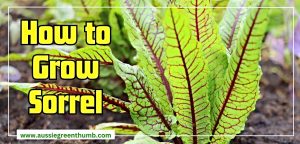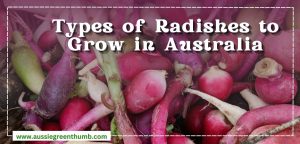Do you plan on planting beetroots in your garden? When it comes to growing vegetables, there’s nothing that quite beats growing beets. Beets or beetroot are fantastic vegetables that offer a high, consistent yield without too much effort.
Tasty and versatile beets are a perfect choice for your vegetable garden. From sowing to growing, caring to storage, here is everything you need to know on planting beetroots in your garden.
More...
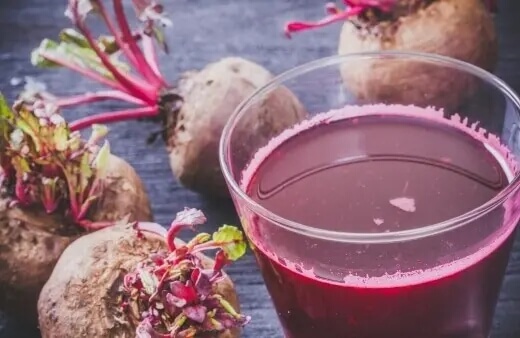
What are Beetroots?

Beetroot, Beta vulgaris, is an often dark-red coloured root vegetable more commonly known as beets. Beets are an incredibly popular vegetable used in cuisines across the globe, prized for their complex flavour profile and incredible nutritional value.
Whether enjoyed raw, sliced, drizzled with balsamic, roasted, boiled or pickled – beetroot can be enjoyed in a range of ways. More so, the leaves are equally as delicious and nutritious- especially as an addition to a salad.
Meaning the whole beet plant can be used in your cooking. Beetroots have many health benefits. They are known to be incredibly effective in keeping your blood vessels healthy and protecting your heart.
Beetroots are an excellent source of:
- Folate
- Manganese
- Vitamin C
- Vitamin A
- Potassium
Depending on the variety you choose to grow, beets range in colour from deep red, orange, yellow and pink. Most varieties are also incredibly pest and disease resistant.
They are also a great option for gardeners looking for frost resistant plants.
Popular Beetroot Varieties
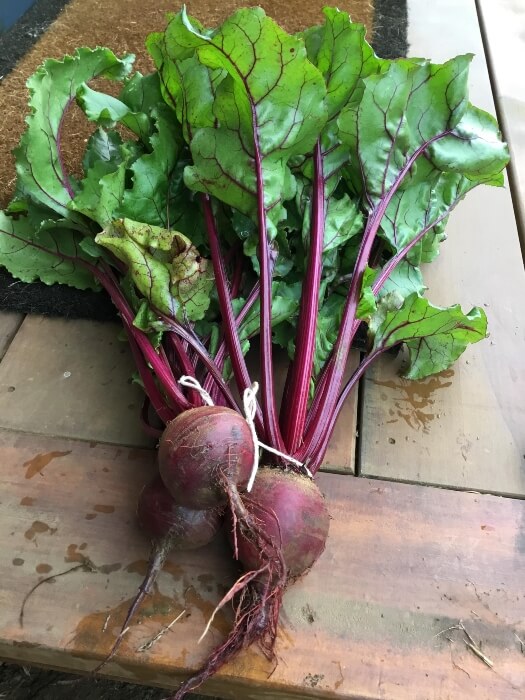
There are a lot of beetroot varieties for you to choose from, each offering its own flavour profile and benefits. Here are a few of the most popular beetroot varieties to grow:
Avalanche Beets
A popular choice for soups and stews, Avalanche is a great, mild-flavoured variety with creamy white roots and a crunchy exterior.
Bull’s Blood Beets
A truly deep-coloured beet variety, Bull’s blood is wonderfully dark with a sweet and slightly earthy flavour. This variety is also one of the fastest to reach maturity, allowing you to harvest after only 30 days.
Chioggia Beets
Also known as candy stripe, this cultivar has the classic beet appeal, with remarkable concentric pink and white rings in the interior. This variety usually only reaches maturity after 60 days.
Cylindra Beets
This particular cultivar is perfect for pickling as it grows in an oblong shape, much like that of carrots. It offers smooth skin and deep, red flesh with a sweet and mild flavour.
Check out our in-depth guide on how to grow, harvest, and store beetroot cylindra.


Get Your Free Guide:
Master Growing Australian Natives eBook
A Must Have Complete Guide for Every Australian Garden
Get Your Free Guide:
Master Growing Australian Natives eBook
A Must Have Complete Guide for Every Australian Garden
Detroit Dark Red Beets
Although often referred to as a turnip, the Detroit dark red is a beet with deep red, rounded roots with a mild, tender and delicious flesh – perfect for enjoying raw or roasting.
Golden Beets
Glorious and golden, golden beets offer a wonderfully coloured alternative and a delicious and delicate flesh – delectable with a balsamic glaze.
How to Grow Beetroot in Australia
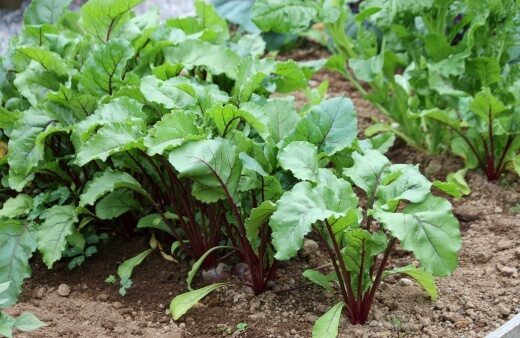
Beetroots are happy to grow in a range of conditions and are suitable for garden and container growth. For a fruitful harvest, you will need to ensure well-draining soil and sufficient sunlight.
Beetroots grow best when in a full sun position, ideally receiving 6 hours of sunlight per day. While they will still grow in semi-shaded spots, it may stunt the growth and take longer for your roots to reach maturity.
Beets require fertile, well-draining soil to thrive. Before planting, it is recommended to clear the soil of any rocks and debris so as not to inhibit or affect root growth. You will also want to consider improving the soil with organic matter or compost, providing your plants plenty of nutrients throughout the growth cycle.
Avoid growing beetroot in an area right next to swiss chard or spinach, as this can often cause issues.
Planting Beetroot
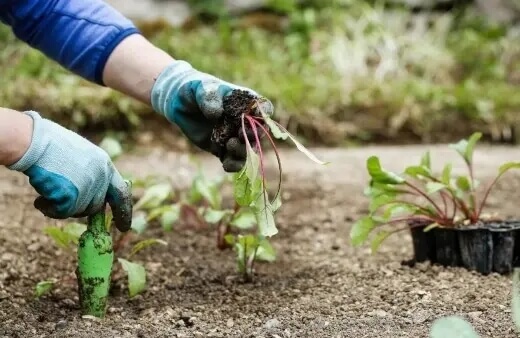
The best way to propagate and grow beetroot is by means of seeds. Seeds germinate fairly quickly, especially when sown at the right time and won’t take long to reach maturity.
Ideally, seeds should be sown between March and July as the soil will be warm enough to ensure quick germination. On average, seeds take between 5 to 8 days. In colder soil, it can take as much as 2 to 3 weeks.
Seeds can be sown directly into the ground or into a seedling tray around 1.27 cm deep. Be sure to keep seeds around 10 cm apart, and if growing in rows, situate rows at least 30 cm apart.
If planting during a colder season, or cold spell, germination can be sped up by soaking seeds for 24 hours before planting.
How to Care for Beetroot
Young plants should be kept well-watered but not soaked. Other than that, you should water your beetroot plants every 10 to 14 days or so. Mulching the soil after planting is also advisable, as it will help to keep the area of planting free of weeds.
Weeds can be problematic for beetroot and steal much of the needed nutrients from the soil. During the beginning stages of growth, it is recommended to support your beetroot plants with a high nitrogen fertiliser or balanced, 10-10-10 fertiliser.
Some gardeners will also recommend placing a row cover over your plants which can help protect them from potential pests and birds.
Harvesting Beetroots
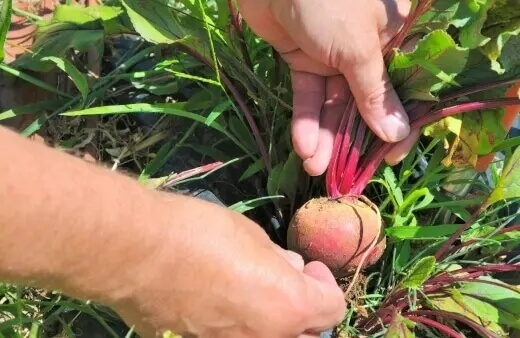
Depending on the time of planting, your plants should be ready for harvest between late summer and mid-autumn. Depending on the variety, it can take anywhere between 8 to 10 weeks for your plants to reach maturity.
It is important to note that it’s better to harvest your beetroot earlier rather than later. Younger plants will have a sweeter taste, where ones that are left for too long can become bitter.
In general, you should wait until the root reaches a golf ball size before harvesting. Simply grab hold of the leaves and gently tousle loose from the soil.
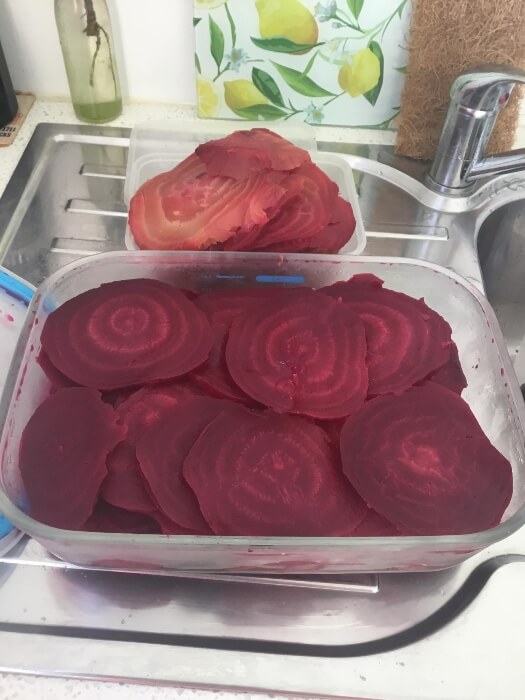
How to Store Beetroots
Fresh beetroots can be stored in a refrigerator between 5 to7 days. To store your beetroot for longer, you can consider a pickling liquid or keep them in a cool, dark and dry place in a container filled with sand.
Common Beetroot Pests & Diseases
Beetroots are relatively resistant to most common gardening issues – which makes them such a great choice for inexperienced gardeners. Birds are a common concern, as they enjoy feeding on the leaves of the beetroot plant.
A ground cover is a great way for you to keep birds at bay. Other potential concerns include leaf spots and aphids, which can be treated with insecticidal soap.
Here is a comprehensive guide on how to deal with aphid infestations.
Beetroots Frequently Asked Questions
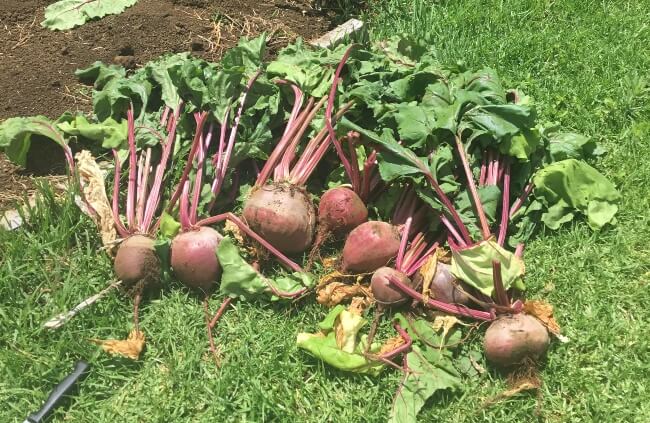
How many beets do you get from one plant?
One beet plant will produce one beetroot. However, one seed can grow multiple plants. Seeds are often clustered together and, when planted, can produce 1 to 6 viable plants.
What happens if you leave beets in the ground too long?
If left in the ground, beets will continue to grow. This will cause the beetroot to lose flavour and potentially split open.
Do beets grow back every year?
As harvesting beets requires you to receive much of the plant, it is not possible that they will grow back. It’s recommended to sow seeds in succession to allow for a continual harvest.
What can I plant near beets?
While you shouldn’t plant your beets near spinach or swiss chard, it is possible to plant near onions, beans, lettuce, cabbage or catnip.
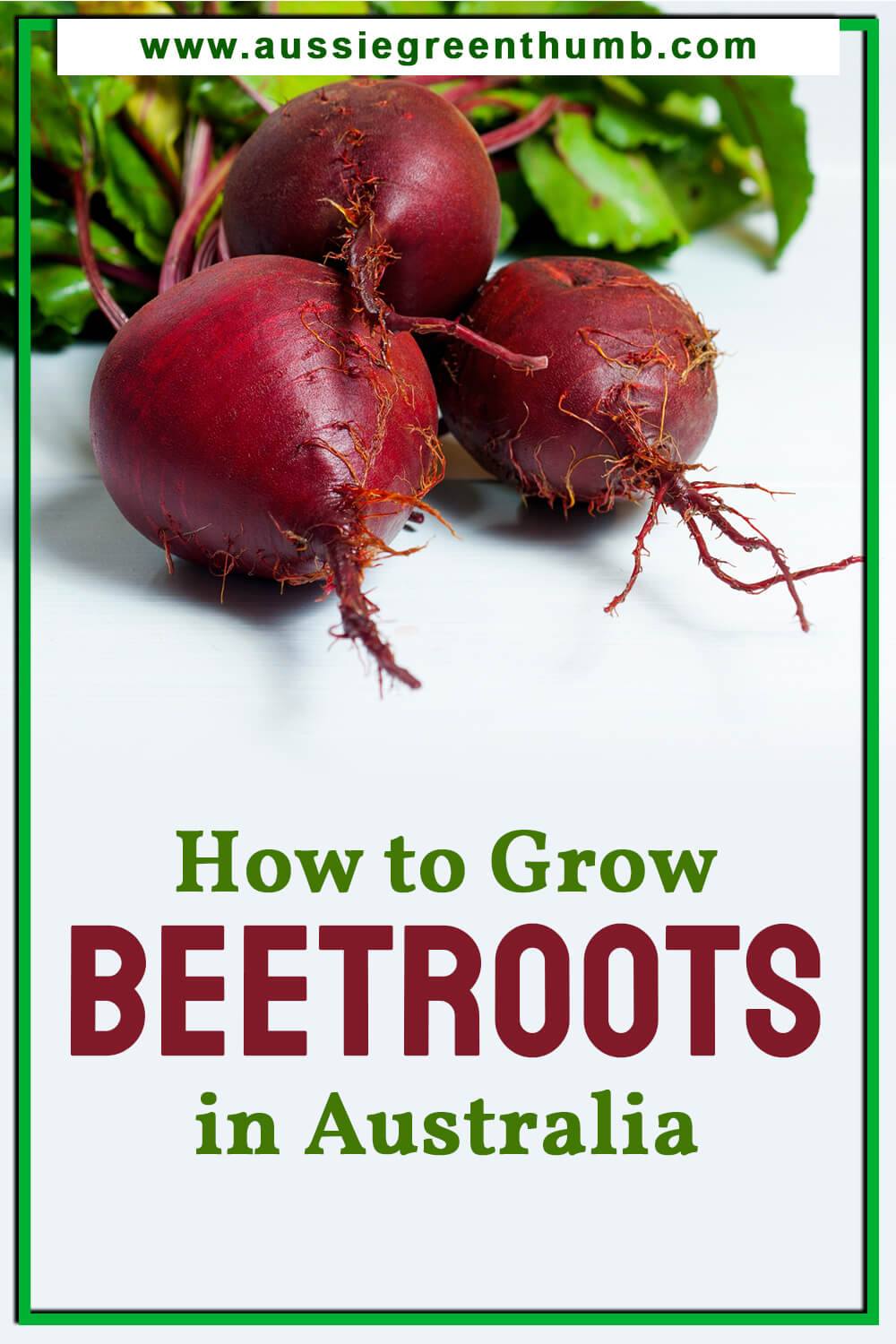
Start Planting Beetroots in Your Garden
So, there you have it—everything you need to know on how to grow beetroot. Be sure to enrich your soil before planting and keep an eye out for any invaders that may affect your harvest.
Of course, you can also consider growing beets hydroponically. Whichever way you decide to grow your beets, you’ll be able to enjoy these superfoods in a super short amount of time.
There you have it, everything you need to know on planting beetroots in your garden.
Published on April 30, 2023 by Maisie Blevins
Last Updated on January 28, 2025


